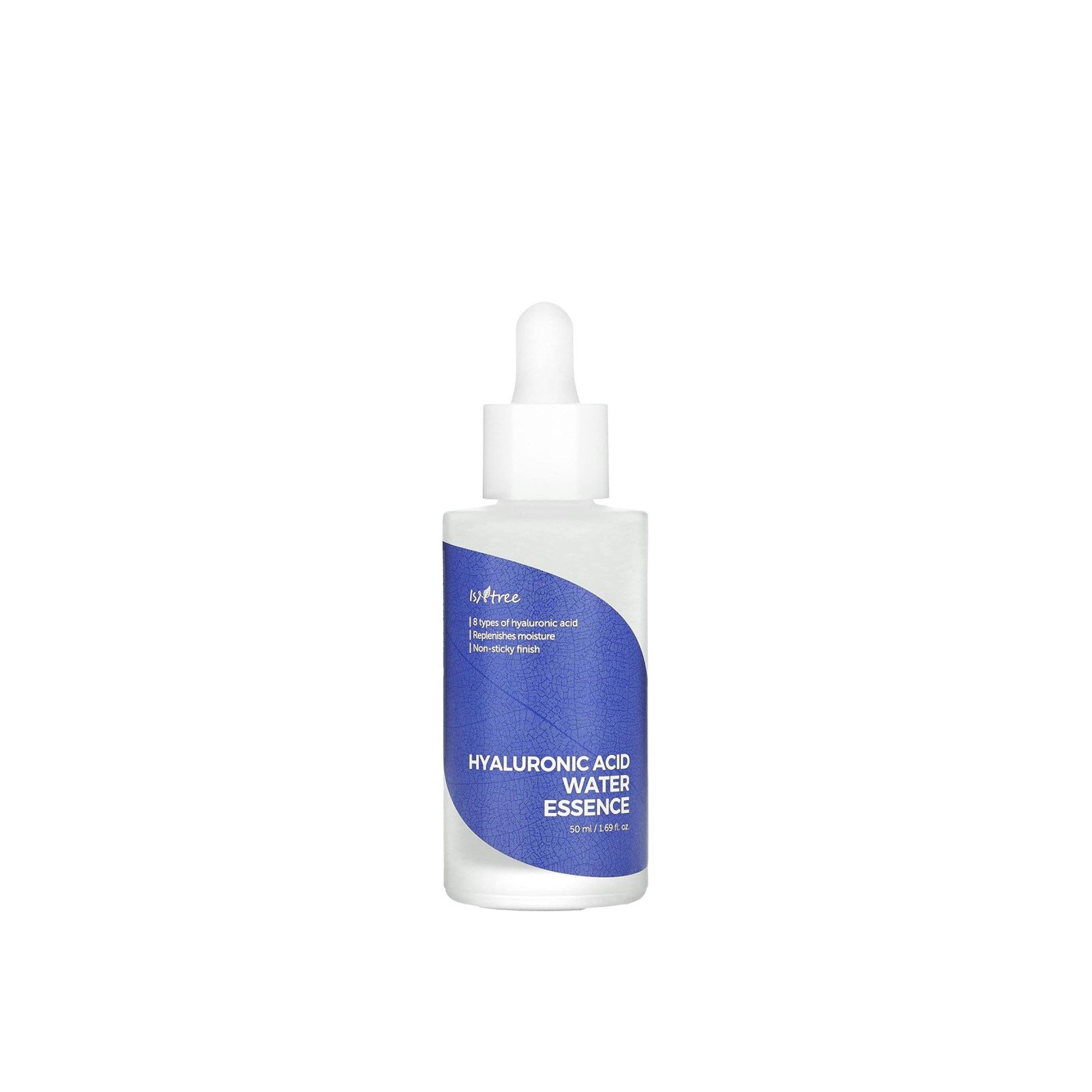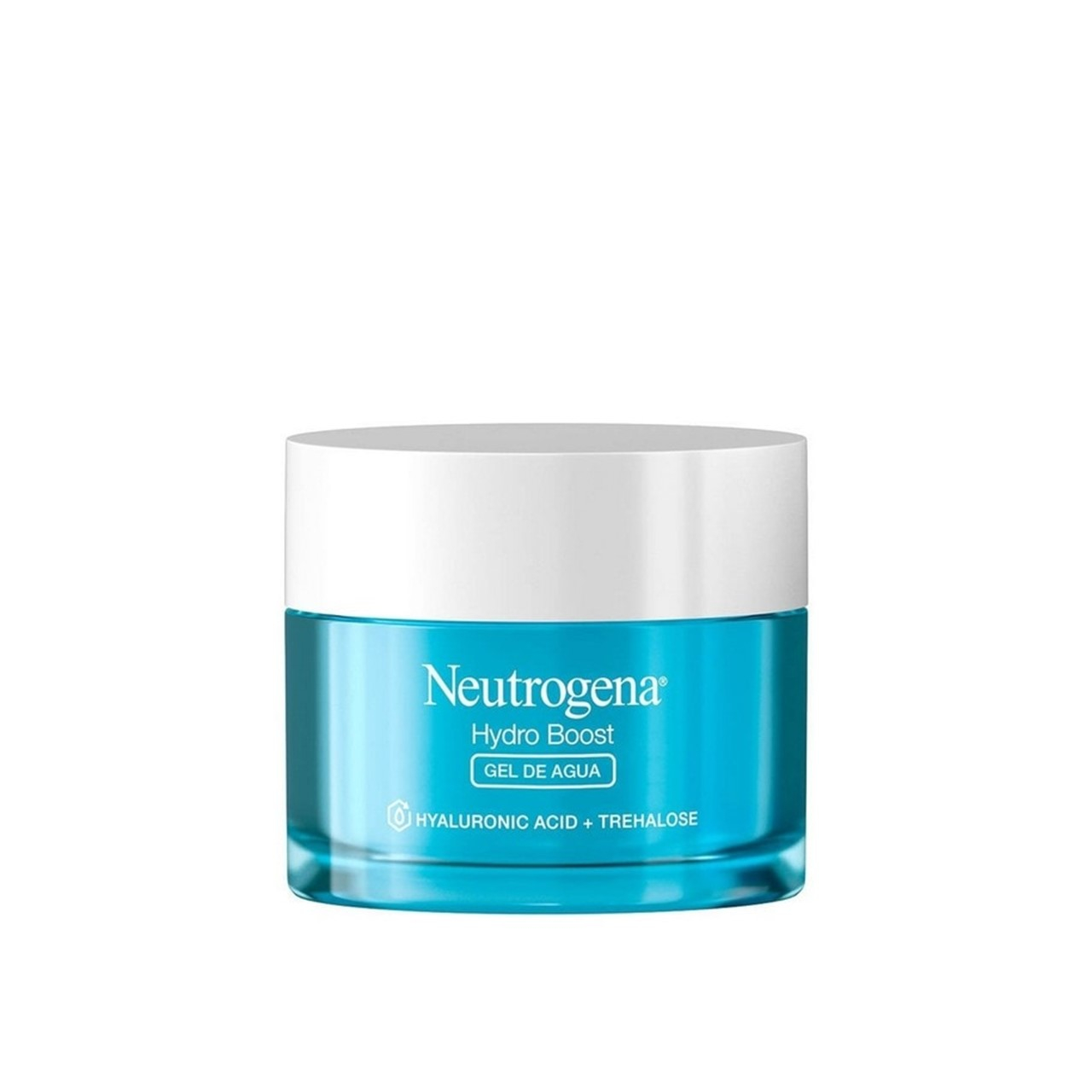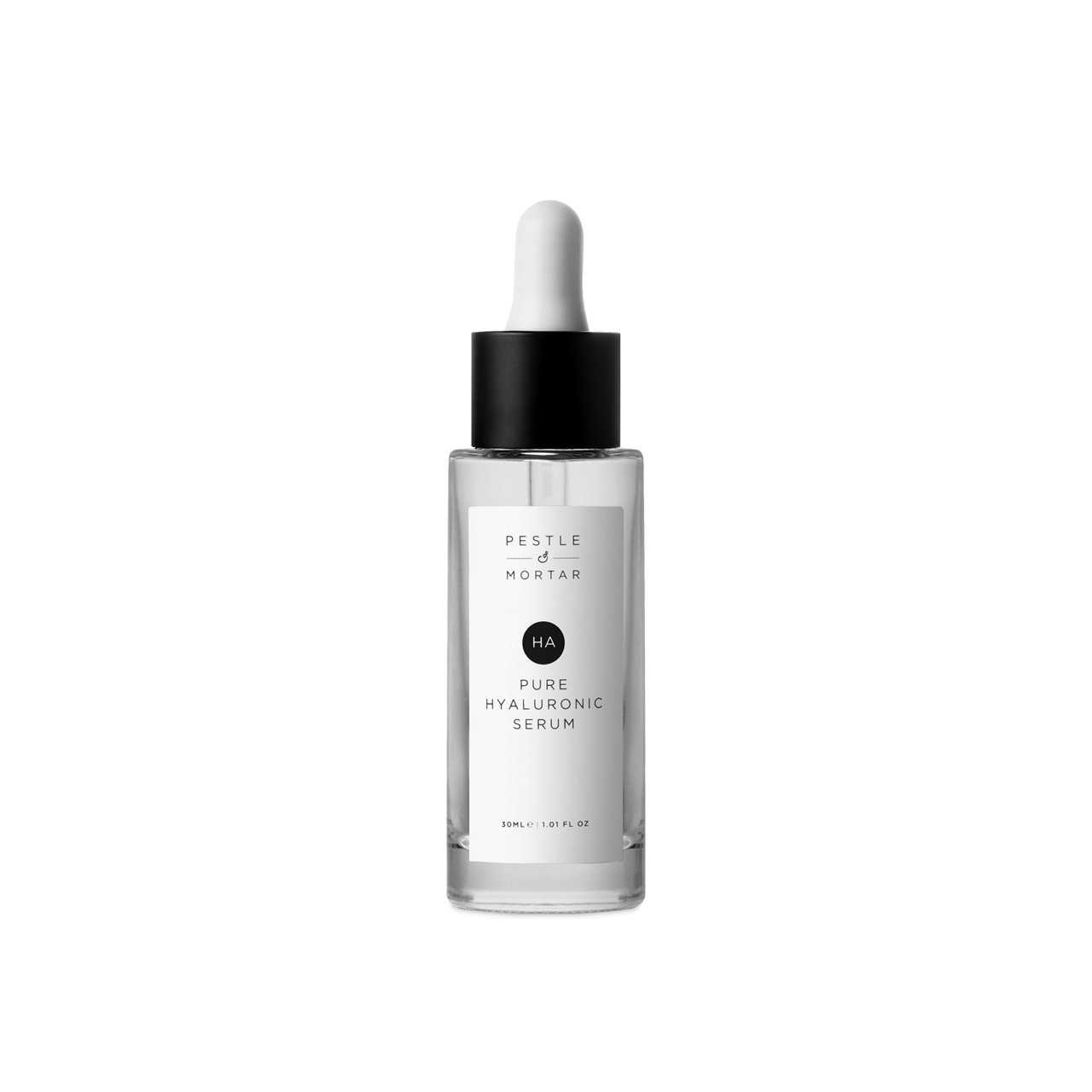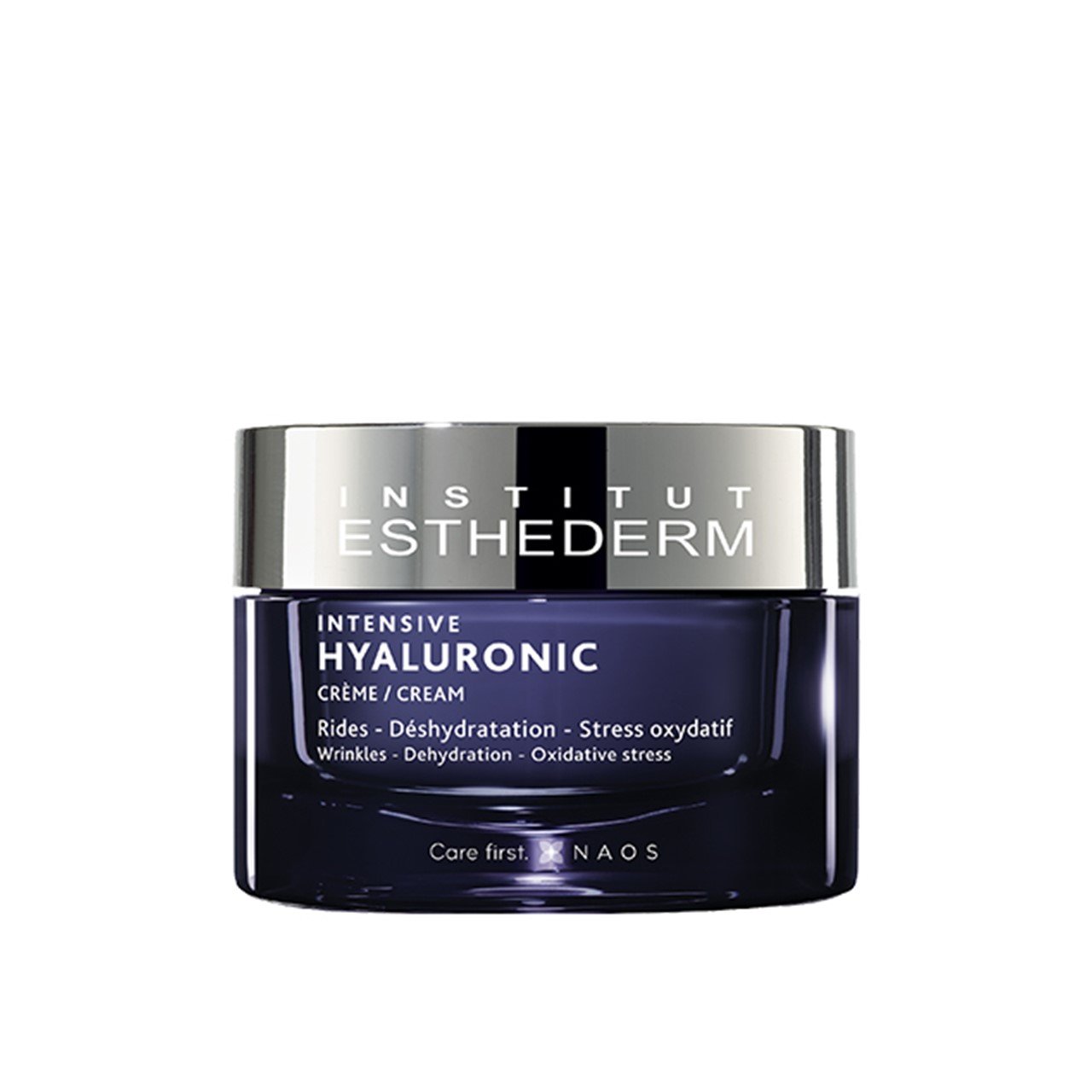
Found in all types of skincare products, hyaluronic acid is a must-have ingredient for most skincare users. It doesn’t come as a surprise, considering that it provides the skin with hydration and contributes to visible skin improvements. But what exactly is hyaluronic acid? How does it improve the skin and how should you be using it in your routine? We have the answer to all of your hyaluronic acid questions! Keep reading to learn all about this unique ingredient and find the hyaluronic acid benefits for your skin!
On this post:
- What is hyaluronic acid?
- How hyaluronic acid benefits the skin
- Potential side effects of hyaluronic acid
- Who should use hyaluronic acid?
- How to use hyaluronic acid in your skincare routine
What is hyaluronic acid?
Also known as hyaluronan or simply as HA, hyaluronic acid is a glycosaminoglycan—which is basically a very large sugar—naturally present in our body. Hyaluronic acid is one of the pillars of your skin’s structure, mostly concentrated on the dermis (the middle layer of the skin, that hides below the top layer, the epidermis). As we get older, our bodies produce less and less of it, and it significantly contributes to the appearance of the first signs of aging.
Hyaluronic acid molecular weights
When talking about what is hyaluronic acid, it’s also important to mention the difference between types of HA. Often times the brands mention that a product has low molecular weight hyaluronic acid (LMWHA), middle molecular weight hyaluronic acid and/or high molecular weight hyaluronic acid (HMWHA). And what does that mean? It basically refers to the size and actual weight of the hyaluronic acid molecule. You’ll find that a lot of products have multiple molecular weights, which allows for multiple benefits!
If you’d like some numbers, we’ll make it simple and clear: LMWHA has a molecular weight from 400.000 to 1.000.000 Dalton or 400 – 1000 kDa, middle molecular weight goes from 1.000.000 to 1.800.000 Dalton and 1000 – 1800 kDa, while HMWHA is >1.800.000 Dalton or >1.800 kDa.
How hyaluronic acid benefits the skin
One single molecule of hyaluronic acid can hold up to 1.000 times its weight in water. This means that it has an amazing hydrating capacity and that is why it’s one of the leading ingredients in skincare formulas, for many types of products. In fact, a review from 2020 confirmed that “hyaluronic acid could be an effective carrier for both topical and transdermal deliveries due to its unique viscoelasticity, biocompatibility, biodegradability, non-immunogenicity, and biomedical benefits for the skin”. This is great news for all of us that trust skincare with hyaluronic acid.
We’ve established above that there are different molecular weights of hyaluronic acid. But how do they work for our skin? It’s actually intuitive to understand how. Basically, the smaller and lighter the molecule, the deeper it penetrates the skin. And it makes a difference in what hyaluronic acid does for your skin too! LMWHA manages to go deeper, so hopefully, some of it reaches the dermis and reinforce the skin structure, contributing to minimizing lines and wrinkles. When we talk about HMWHA, it mostly sits on the top layer of the skin to hydrate and deliver that fresh, plump look. Let’s take a close look at each of these hyaluronic acid benefits!
Hydration
Providing your skin with hydration is essential to keep it healthy and looking great at any age. One of the best ways of doing so is through hyaluronic acid! By including hyaluronic acid in your skincare, especially HMWHA, you’re providing your skin with a reliable source of hydration. It’s the ingredient to look for when your concern is dehydrated skin. It not only hydrates but also helps to attract and retain water, greatly improving the appearance and health of the skin! When hydrated, the skin looks plump and luminous, with a soft, even texture.
Slight wrinkle filling effect
Like skin hydration wasn’t enough, hyaluronic acid—especially LMWHA—may contribute to reinforcing the skin structure and minimizing the appearance and depth of lines and wrinkles. Of course, it won’t erase deep wrinkles, but it contributes to replenishing the natural hyaluronic acid that is more diminishes on the skin day after day. As a result, the skin looks plumper and you may notice a slight wrinkle-filling effect.
Potential side effects of hyaluronic acid
Being analog to the hyaluronic acid naturally present on your skin, HA presents few potential side effects. It’s safe for everyone to use, and also safe to use during pregnancy and breastfeeding. We have, however, two notes about it; the first being specifically about LMWHA. With an increased ability to travel far down the surface of the skin, there have been reports of LMWHA and adverse reactions. It’s not something that you should be afraid of, considering that it’s an incredibly safe ingredient to use. But it’s worth noting that for a few people it may bring some unwanted side effects!
From a cosmetic point of view, you may like to know that HMWHA may come with some peeling if you rub other products over it. And why is that? Because the molecules create a structure, like a mesh, over the skin. By continuously massaging or building other products over it, it ends up disintegrating and peeling.
Who should use hyaluronic acid?
Hyaluronic acid can be used by people of all ages and skin types, even the ones with sensitive or acne-prone skin. As previously said, this is a substance naturally present in your skin whose levels normally decrease with age. Using products containing hyaluronic acid will help you to keep a fresh look, by plumping up your skin, diminishing wrinkles, and making fine lines disappear. It makes sense to start using it even when there are no signs of aging, to replenish the skin with moisture and prevent or deal with dehydration, as it’s also a good idea to use it as an/in combination with anti-aging treatments. Whether you’re concerned with dehydration, dehydration lines or wrinkles, hyaluronic acid is a great ally!
How to use hyaluronic acid in your skincare routine
Fortunately for all of us, hyaluronic acid is present in an endless range of formulations. You can include it in your morning and evening skincare routines, and you’ll find it in toners, essences, serums or face creams. It’s not photosensitizing and you shouldn’t have any trouble combining it with other skincare actives. Find our suggestions below!
Hydration
You shouldn’t have any trouble finding hydrating products with hyaluronic acid! In fact, you may find yourself with the opposite problem—overwhelmed with so many to choose from. You may like using essences and get a good one like Isntree Hyaluronic Acid Water Essence, or maybe you’d prefer to find HA on your daily moisturizer, with a good example being Neutrogena Hydro Boost Water Gel.
Slight wrinkle filling effect
Are you counting on hyaluronic acid to plump your fine lines and wrinkles? You’ll find lots of products willing to help you! We suggest that you try formulas with multiple hyaluronic acid molecular weights, and you’ll find yourself getting all the moisturizing and anti-aging results your skin needs. One of our all-time favorite serums featuring hyaluronic acid is the Pestle & Mortar Pure Hyaluronic Serum. You may combine it with your favorite moisturizer or pair it with Esthederm Intensive Hyaluronic Cream for some anti-aging action.
Did hyaluronic acid benefits catch your attention? Then take a close look at our curated list of hyaluronic acid serums for every skin type.
Professional Makeup Artist & Beauty Writer






